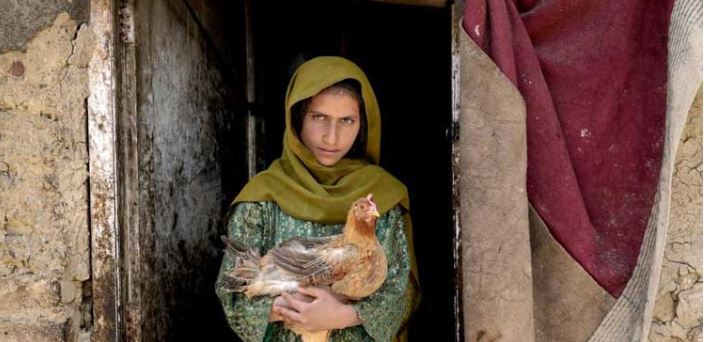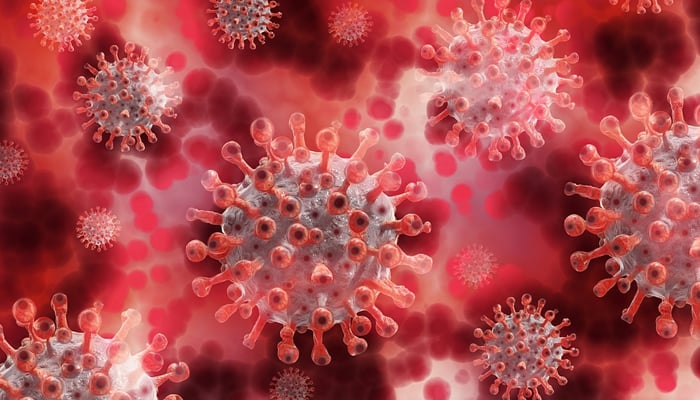
Geneva: Despite comprising 67% of the health and care workforce, women earn about 20% less than their male counterparts, according to a joint report by the International Labor Organization and WHO.
The report, which is “the most comprehensive global analysis of gender pay inequalities in the health and care sector,” according to a press release from WHO, found that much of the pay gap is unexplained, “perhaps due to discrimination towards women.”
“We cannot have better-quality health and care services without better and fairer working conditions, including fairer wages, for health and care workers, the majority of whom are women,” Manuela Tomei, director of the conditions of work and equality department at the International Labor Organization, said in the release. “The time has arrived for decisive policy action, including the necessary policy dialogue between institutions. We hope this detailed and authoritative report will help stimulate the dialogue and action needed to create this.”
The report used data from 54 countries, representing 40% of the sector’s employees. With weighted global estimates, the gender pay gap ranged from roughly 15% for median hourly wages to 24% for mean monthly earnings.
When controlled for cluster effects like gender segregation in employment, the gap narrowed, according to the report. This effect may be explained by the fact that men are often overrepresented in higher paid occupational categories like physicians, where the gender pay gap is wider, while women are overrepresented in lower paid occupational categories with a narrower gender pay gap.
“On the one hand, the estimates show that for almost all countries and at almost all quantiles of the hourly wage distribution, the unexplained part of the gender pay gap in the health and care sector dominates and is positive,” the report stated. “This implies that women working in this sector are underpaid for their labor market attributes relative to men who have similar labor market profiles.”
Part of the unexplained gap could be attributed to the fact that the health and care sector is “highly feminized” and, in most economies, “workers in highly feminized sectors receive lower earnings,” according to the report. However, some of the gap could also be attributed to motherhood. Employment and gender pay gaps in this sector significantly increase during a woman’s reproductive years and endure for the rest of her career, the report found.
“Motherhood likely has an adverse effect on women’s careers in the health sector,” the report stated, perhaps because part-time work is more common among women and because “the proportion of women part-time workers in the health sector jumps in the age cohorts associated with child-rearing age.”
“Women comprise the majority of workers in the health and care sector, yet in far too many countries, systemic biases are resulting in pernicious pay penalties against them,” Jim Campbell, director of the WHO health workforce department, said in the release. “The evidence and analysis in this ground-breaking report must inform governments, employers and workers to take effective action. Encouragingly, the success stories in several countries show the way; including wage increases and political commitment to pay equity.”
Though the health and care sector saw fewer employment losses during the COVID-19 pandemic, working conditions “have deteriorated dramatically” since, especially for women, who now face a disproportionately higher risk for infection, the report stated.
The COVID-19 pandemic also affected the wage gap. It disproportionately affected those — mostly women — at the low end of the pay scale, according to the report. Because of the disproportionate effect, wages of people who remained in the sector “artificially appears to have increased,” but the real total wage bill has fallen. When controlling for composition effects, the gap “appears to have declined only slightly between January 2019 and December 2020.”
The report also notes that the pandemic “has shed light on fissures in health systems and the care sector in countries characterized by underinvestment in social policies and the public sector as a whole, shortages in the health workforce, poor working conditions and the urgent need to strengthen public services.”
“The health and care sector has endured low pay in general, stubbornly large gender pay gaps, and very demanding working conditions. The COVID-19 pandemic clearly exposed this situation while also demonstrating how vital the sector and its workers are in keeping families, societies and economies going,” Tomei said. “There will be no inclusive, resilient and sustainable recovery without a stronger health and care sector.”
The report included a path forward to help reduce inequalities. The global community must first collect and analyze sector-specific wage data “for timely assessments of working conditions in the health and care workforce, including monitoring the gender pay gap within the sector,” the report stated. Next, the report recommended investment in “ensuring the decency of labor conditions in health and care jobs” to make the sector more resilient and better able to accommodate patients. Gender segregation must also be reduced by incorporating policies that will raise awareness of STEM careers for young girls and women, promoting “training and equal opportunity for upward mobility for women health and care workers” and attracting more men into middle occupational categories.
Finally, the report says that the sector must “promote pay transparency, establish legal instruments against pay discrimination, and change cultural gender norms and stereotypes.” Healio.com


